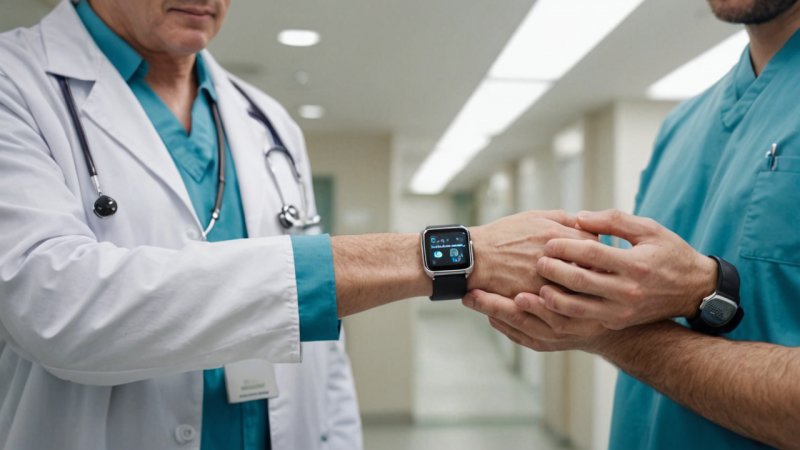Wearable technology has increasingly become a staple in healthcare, offering innovative solutions to manage health more effectively. As the industry grows, the future of wearables in healthcare looks promising, with advancements poised to enhance patient monitoring, treatment, and overall well-being. This article dives into the innovations that are shaping the future of wearables in healthcare and their potential benefits.
At the heart of this transformation is the integration of artificial intelligence (AI) and machine learning with wearable devices. These technologies can analyze the data collected from wearables, providing insights that were previously unattainable. For instance, AI algorithms can detect patterns in heart rate variability, predicting possible cardiovascular issues before they occur. This predictive capability allows for timely interventions, ultimately improving patient outcomes.
Another upcoming trend in wearable healthcare technology is the development of smart textiles. These garments, embedded with sensors, can monitor various health metrics such as temperature, respiration, and muscle activity. Imagine a shirt that tracks your heart rate and breathing patterns during a workout, providing real-time feedback on your performance. This level of monitoring can enhance athletic training and rehabilitation, offering valuable insights to trainers and healthcare professionals.
The evolution of wearable technology also includes advancements in biometric sensors, which can measure more than just heart rate and steps. For example, researchers are developing devices that can monitor hydration levels, stress indicators, and even blood oxygen saturation. With such comprehensive data, users can obtain a clearer picture of their health status and make informed decisions about their lifestyle choices.
Wearable technology is not only focused on individuals but can also play a crucial role in population health management. Public health officials can leverage data from wearables to identify trends and outbreaks in real-time, allowing for swift responses to health crises. This capability is particularly critical in managing contagious diseases, where timely information can save lives.
Moreover, wearables are becoming increasingly user-friendly and appealing. Many modern devices boast sleek designs and customizable settings, making them more attractive to a broader audience. This appeal is essential for encouraging adoption, particularly among younger demographics who are more inclined to utilize technology for health management.
The rise of telehealth further complements the advancements in wearable technology. As more healthcare providers adopt virtual care, the ability to monitor patients remotely becomes crucial. Wearables equipped with telehealth capabilities can transmit data directly to healthcare providers, allowing for continuous oversight of patients’ health without the need for frequent in-person visits.
In summary, the future of wearables in healthcare is bright, with innovations that promise to enhance patient monitoring, preventive care, and overall health management. As technology continues to evolve, embracing these advancements will lead to more personalized, effective, and accessible healthcare solutions for individuals everywhere.
The Future of Wearables in Healthcare Innovations
Explore the promising future of wearables in healthcare, where technology and innovation come together to enhance patient monitoring and overall well-being.






